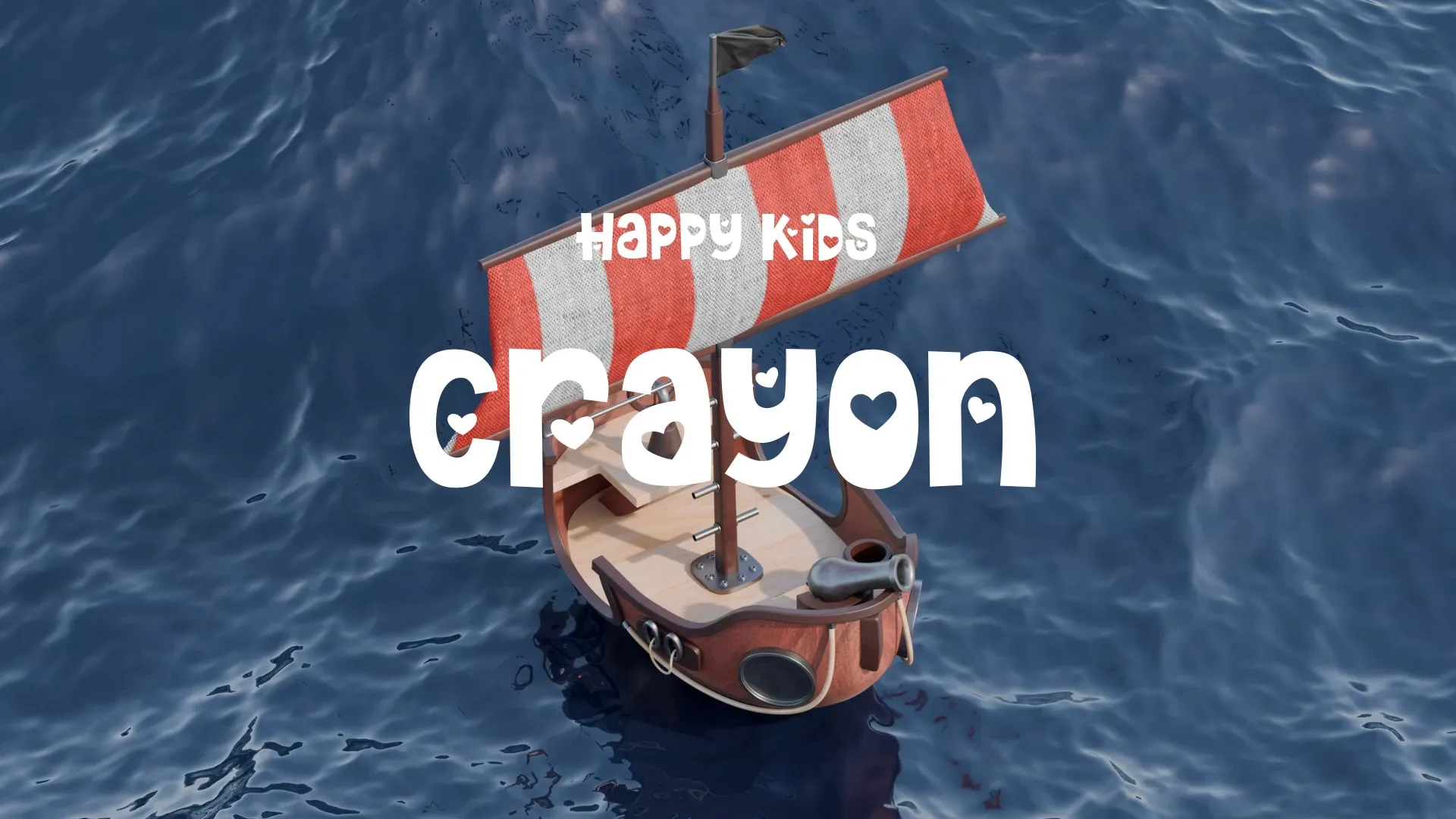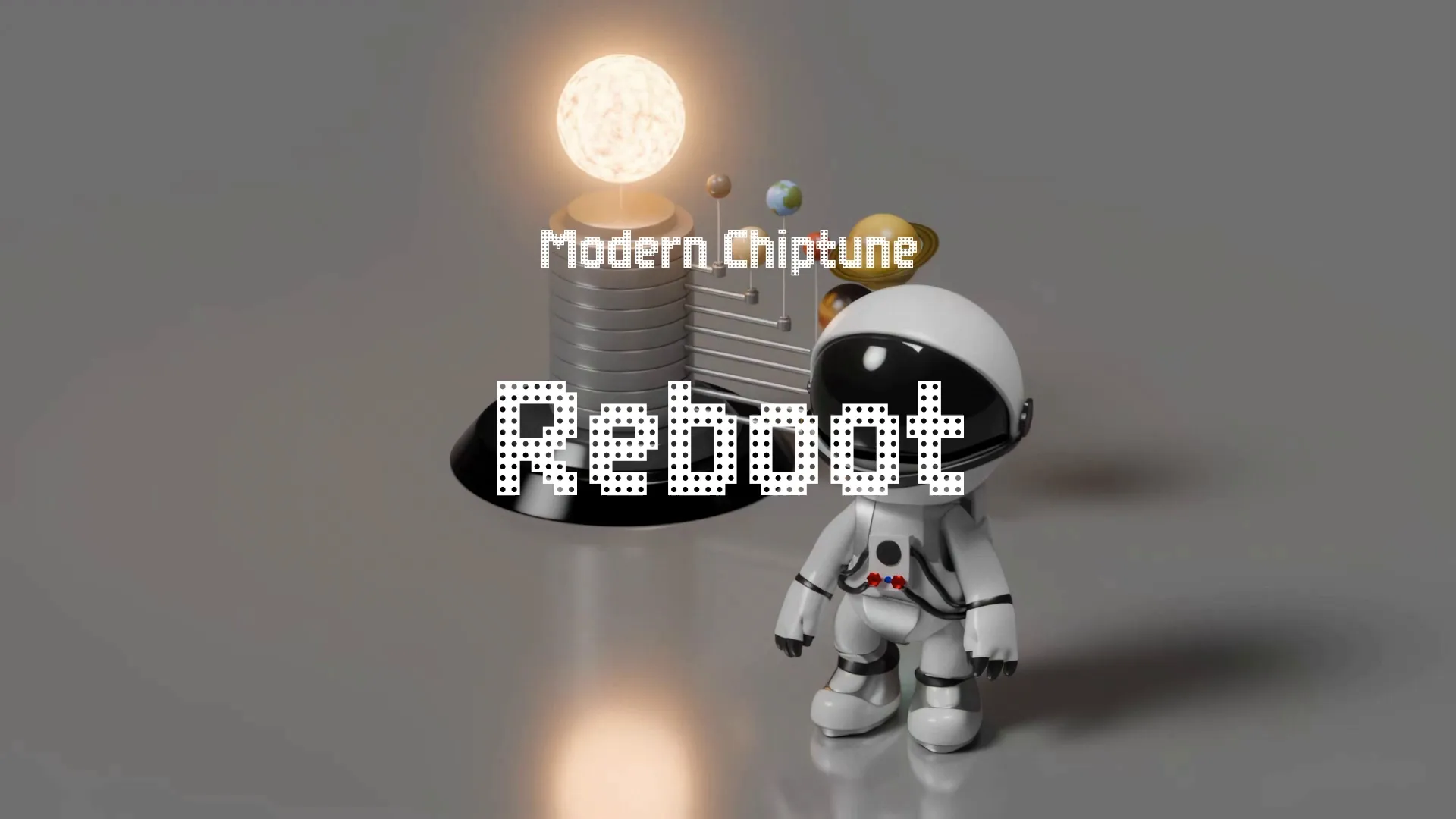Brutal Honesty: The Indie Dev's Secret Weapon
Alright, buckle up buttercups, because we’re about to dive headfirst into the often-overlooked, yet utterly critical, art of brutal honesty in indie game development. Forget sunshine, rainbows, and participation trophies. We’re talking the kind of feedback that makes you question your life choices, your artistic vision, and possibly even your choice of breakfast cereal. It’s the only way to forge a game that doesn’t just exist, but slaps.
The Sugar-Coated Calamity: Why Nice Guys Finish Last (in Game Dev)
Let’s be honest, nobody wants to hear their precious creation described as “a bit like watching paint dry, but less engaging.” Ouch. But that carefully crafted critique is infinitely more valuable than a chorus of, “Oh, it’s…nice!” Games live and die by player experience. If that experience is bland, boring, or buggy, all the pixel art and chiptune soundtracks in the world won’t save you.
Think of it like this: you’ve baked a cake. It looks amazing. Frosting swirls, sprinkles galore. But then your friend takes a bite and politely says, “It’s… interesting.” Interesting?! Is it laced with arsenic? Did you accidentally use salt instead of sugar? You need the unvarnished truth: “Dude, this tastes like sadness mixed with regret. Also, the texture is weird.”
That blunt assessment, while potentially hurtful to your fragile baker’s ego, is precisely what you need to adjust the recipe and bake a cake that people actually want to devour. The game industry is much the same.
Operation Truth Serum: Extracting Honest Feedback Like a Pro
So, how do we go about extracting this precious, potentially painful, nectar of honest feedback? Fear not, intrepid developer, for I have compiled a top-secret dossier of techniques designed to shatter the politeness barrier and reveal the raw, unfiltered truth about your game.
Step 1: Choosing Your Guinea Pigs (Wisely)
Not all playtesters are created equal. Your mom, bless her heart, will probably tell you it’s the best game ever, even if the main character inexplicably explodes every five seconds. Avoid that trap.
Instead, seek out a diverse group of players who represent your target audience. This means a mix of skill levels, gaming preferences, and tolerance for janky animations. Cast a wide net. Forums, Reddit, Discord servers, local game dev meetups – these are your hunting grounds.
Step 2: Setting the Stage for Honesty (No Pressure…Or Maybe a Little)
The environment matters. A crowded convention floor, with flashing lights and screaming children, is not conducive to thoughtful feedback. Opt for a quiet, controlled setting where players can focus on the game.
Before they even touch the controller, emphasize the importance of honest feedback. Make it clear that you’re not looking for compliments, you’re looking for ways to improve the game. A simple disclaimer like, “Please, rip my game apart. I beg you,” can work wonders.
Step 3: Asking the Right Questions (Like a Cross-Examining Lawyer)
Don’t just ask, “Did you like it?” That’s vague and invites generic responses. Instead, probe for specific details. What did they find confusing? What did they find frustrating? What made them want to hurl their controller at the wall?
Focus on open-ended questions that encourage players to elaborate. For example:
- “What was your first impression of the game?”
- “What were you expecting to happen next, and what actually happened?”
- “What was the most frustrating part of your experience?”
- “If you could change one thing about the game, what would it be?”
Step 4: Observing Like a Hawk (The Power of Silent Witness)
Sometimes, the best feedback isn’t spoken at all. Pay close attention to how players interact with the game. Do they hesitate at certain points? Do they repeatedly get stuck in the same area? Do they sigh audibly whenever a particular character appears on screen?
Body language speaks volumes. A furrowed brow, a frustrated sigh, a glazed-over expression – these are all clues that something isn’t working. Take notes. Record video (with their permission, of course). Become a student of the player experience.
Create a free account, or log in.
Gain access to free articles, game development tools, and game assets.









.webp)



.webp)




.webp)



.webp)
